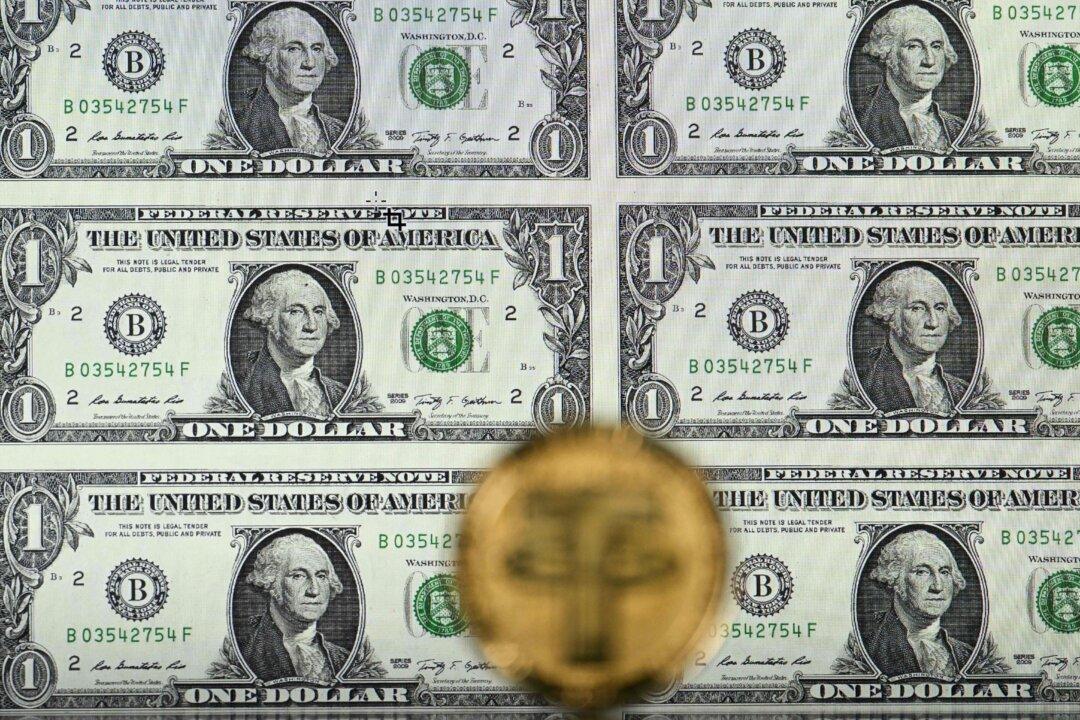On June 14, multiple business news outlets carried variations of the headline “Disney Loses Streaming Rights for Indian Premier League Cricket.” The coverage within these outlets detailed how a consortium that included Paramount Global outbid current rights owner, the Walt Disney Co., by paying $2.6 billion for the Indian subcontinent streaming rights to the IPL cricket tournament for 2023 through 2027, with many observers insisting this was a misstep for Disney.
These same observers declined to fixate on the fact Disney secured the television rights to broadcast the matches in the Indian subcontinent from 2023 to 2027 for $3 billion, and most of them failed to emphasize that Disney was not aggressively focused on retaining the streaming rights.





